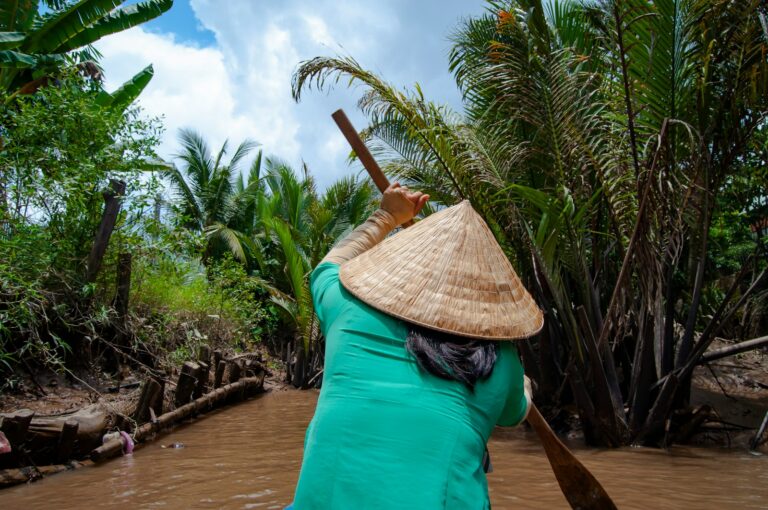When in Seoul, Don’t Miss Insa-dong
Though less than a kilometer long and just over ten meters wide, Insa-dong—a pedestrian street in South Korea’s capital—draws crowds thanks to the locals’ knack for tourism.
Stretching from Tapgol Park to the Anguk-dong intersection near central Seoul, Insa-dong welcomes tens of thousands of visitors daily. People come to soak in the cultural vibe, shop, or enjoy the food.
### Making the Most of Every Alley
Insa-dong resembles Hoi An with its narrow side alleys branching off the main street. But unlike Vietnam’s ancient town, where only connecting alleys host eateries while dead-end lanes remain quiet, Insa-dong maximizes every inch of space.
The alleys here may be tight, even dead-ends, but they’re packed with shops and eateries. The food is casual but not cheap—think $5.50 for a bowl of tofu stew or $7-8 for bibimbap. Some alleys also house traditional teahouses, where visitors relax, socialize, or even hold meetings in a cozy, intimate setting.
Small guesthouses nestle in these alleys, too. While charming from the outside, their interiors and cleanliness leave much to be desired—yet rooms start at $40 per night for a single, doubling for two. A fitting price for Seoul’s expensive lifestyle.
### Shopping Galore
Every corner of Insa-dong is a business opportunity. Along the main street, shops sell everything from faux antiques to trendy clothes and souvenirs—handmade, colorful items like phone charms and pouches. Some stores specialize in *hanbok* (traditional Korean attire), while others showcase art and literature.
On Sundays, when cars are banned, the street comes alive with pottery-making, candy-pulling, and traditional clothing demonstrations.
### Western Cafés & Ssamziegil Market
Insa-dong also boasts plenty of Western-style cafés, from global chains like Starbucks and The Coffee Bean to Korean brands like Caffe Bene. Korean coffee tends to be milder than Vietnam’s strong brews.
No visit is complete without stopping at **Ssamziegil**, a four-story market with over 70 shops selling crafts, souvenirs, household goods, and food. Opened in late 2004, it’s designed so visitors can browse up and down its winding corridors.
### A Walk Through History
Dating back to the early Joseon Dynasty (nearly 600 years ago), Insa-dong has mirrored Korea’s historical ups and downs. Once home to high-ranking officials, it evolved into a cultural hub.
By the late Joseon era, it was a middle-class neighborhood that later attracted artists, calligraphers, and frame makers. In the early 20th century, when antiques and wooden artifacts from noble households flooded the market, Insa-dong became the go-to place for vintage treasures.
Today, it remains a living blend of tradition and modernity—a must-visit spot in Seoul.




